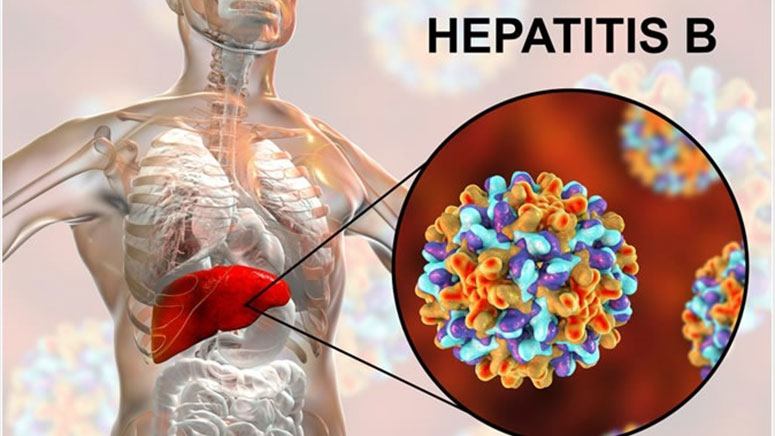Overview

Hepatitis B (Hep B or HBV) is an infection of the liver caused by the hepatitis B virus (HBV). It is transmitted when body fluids such as semen or blood from an infected person enter the body of another person. While this often happens through sex, it can also be transmitted by sharing needles and other times like toothbrushes that may contain body fluids. Some people get it from their mothers when they are born.
According to Cleveland Clinic, over 2 million people [1] in the United States suffer from hepatitis B. Worldwide, the figure is around 292 million people. Hepatitis B is a serious infection that can be acute or chronic, lasting over six months. Most people clear the infection within a short time and make full recovery in acute infections. Chronic infections are long-lasting. They often result in inflammation, liver cirrhosis, liver cancer, or death. Children infected before age 5 are more likely than adults who get it later in life to develop chronic hepatitis B.
Hepatitis B is a preventable disease. With advancements in medicine, vaccines have been developed against this infection. This has greatly reduced the incidence of the disease, especially in countries like the United States where hepatitis B infections have been on a decline. If you already have chronic hepatitis B, treatments can help manage the condition. They improve your outlook and reduce the risk of liver cancer.
Many people who get infected with the hepatitis B virus do not fall sick. In those who do, the symptoms may take one to four months to show and last several weeks. Presented symptoms range from mild to severe and may include any of those discussed in this article.













